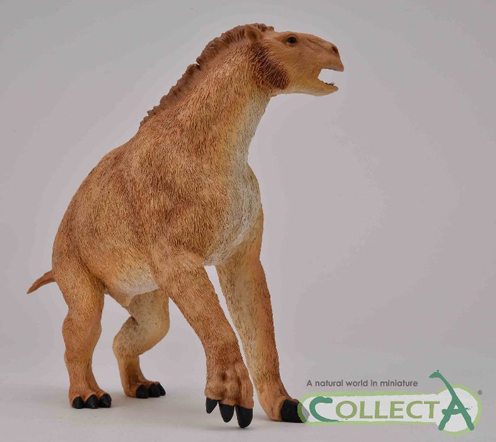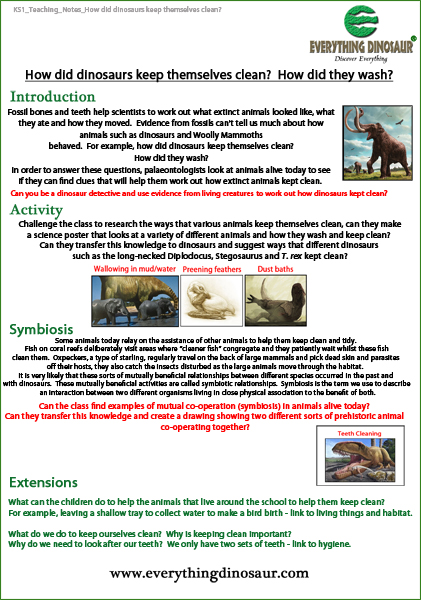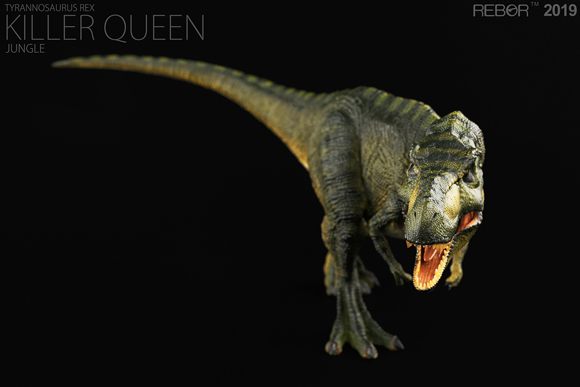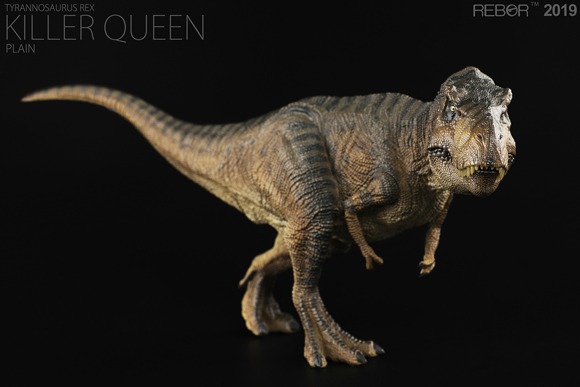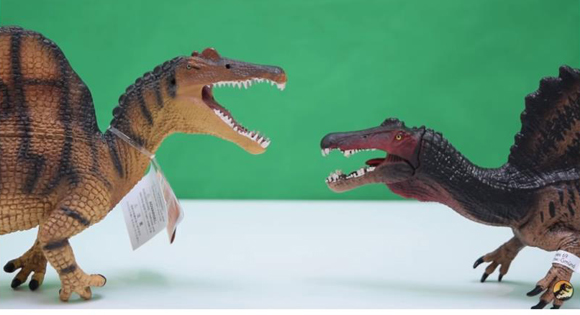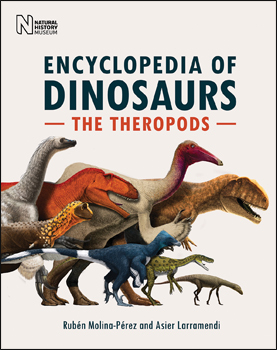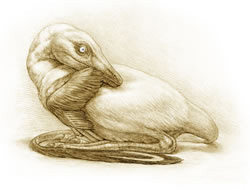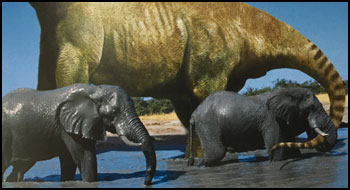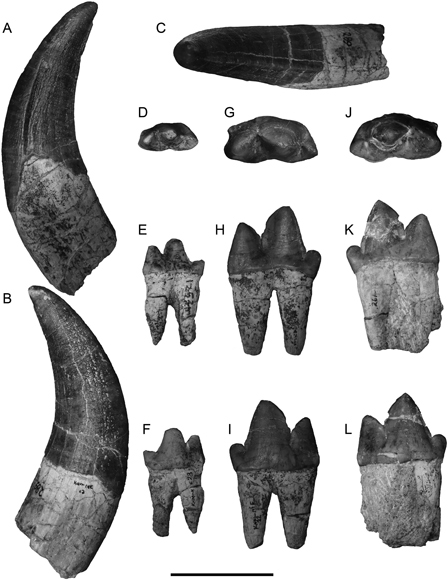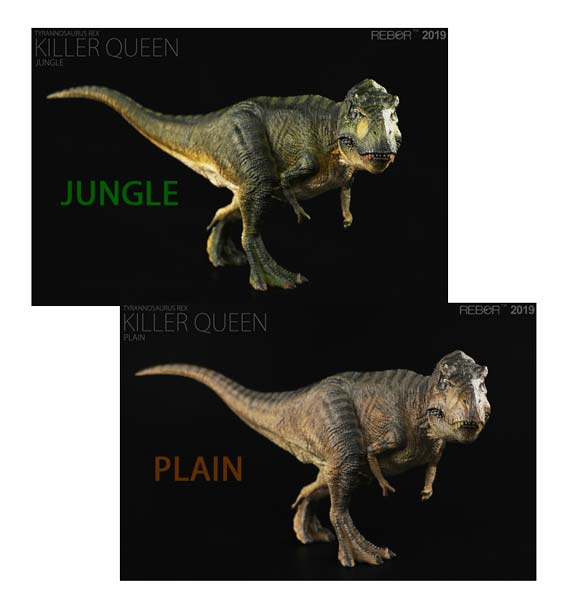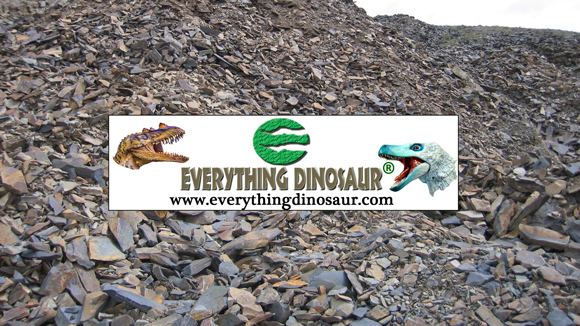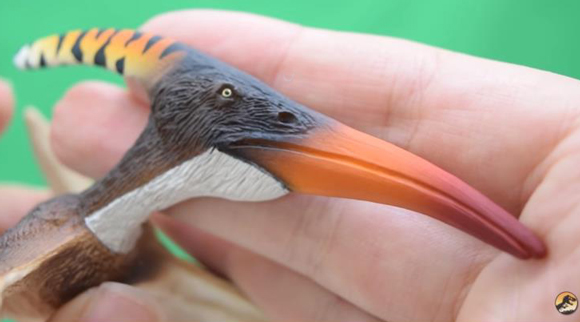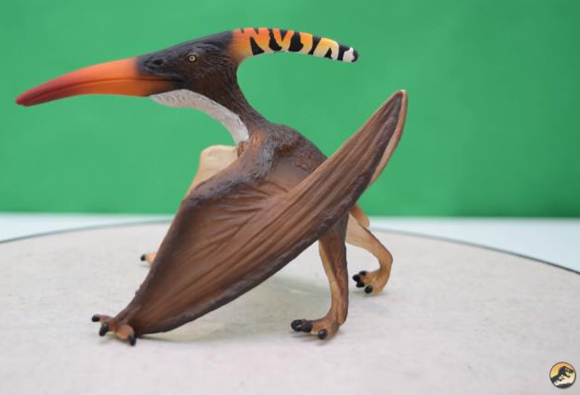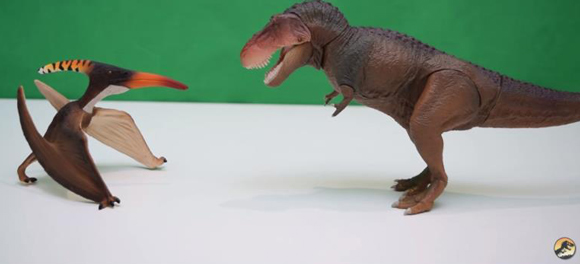New Prehistoric Times Issue 129 Reviewed
Prehistoric Times Magazine (Spring 2019) Reviewed
The latest issue of “Prehistoric Times” magazine has arrived at the Everything Dinosaur offices and once again this quarterly publication aimed at fans of prehistoric animal models and dinosaur enthusiasts is crammed full of fascinating articles and beautiful artwork. Highlights include the latest instalment in the long running series discussing the artwork of Czech illustrator Zdeněk Burian by John Lavas. In this issue, it is Burian’s prehistoric and not so prehistoric crocodilian illustrations that are reviewed. In addition, look at for Tracy Lee Ford’s in-depth look at drawing Stegosaurus, throat ossicles and all.
“Prehistoric Times” Magazine
The front cover of issue 129 features Deinonychus, one of the prehistoric animals examined by Phil Hore in this edition. Phil was quick to point out that this year marks the 50th anniversary of the ground-breaking scientific paper on this dromaeosaurid published by John Ostrom. The paper depicted dinosaurs as active animals and examined their close relationship to modern Aves (birds). The artwork for the front cover was created by commercial artist Kurt Miller.
Dynamic Deinonychus Features on the Front Cover of Prehistoric Times Issue 129
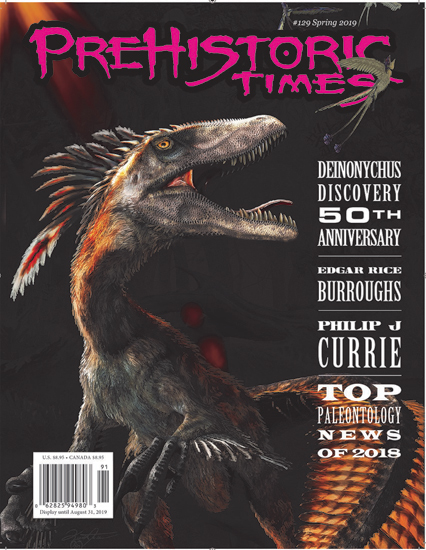
Picture credit: Mike Fredericks/Prehistoric Times
Kurt commented:
“I am very honoured to see that my Deinonychus painting was selected for the cover of the spring 2019 issue. I thought to paint some prehistoric birds flying by a Deinonychus who has feathers of its own.”
There are lots of reader submitted Deinonychus illustrations too, look out for wonderful pictures from Julie Kitzes, Mike Landry and Evan King.
The Land that Time Forgot
It is also a hundred years since the book “The Land that Time Forgot” by the American fantasy author Edgar Rice Burroughs went to press, one of a trilogy of stories about a prehistoric land populated with dinosaurs and strange tribes. Scott Tracy Griffin, the Director of Special Projects at Edgar Rice Burroughs Inc. provides an insight in how the story was written and explains how the book came to be published.
On the subject of books, in the “Mesozoic Media” section there are some excellent book reviews including a review of “The Palaeoartist’s Handbook” by Mark Witton. Palaeontologist Steve Brusatte summarises the top dinosaur fossil news stories of 2018, a year in which there have been some amazing dinosaur discoveries, including the naming of several new types of armoured dinosaur.
2018 Was a Good Year for Armoured Dinosaur Discoveries

Picture credit: Kara Kelley/Western Science Centre
Chalicotheres
Chalicotheres might be rare in the fossil record, but issue 129 is packed full of pictures of them and Phil Hore expands on this most bizarre of prehistoric mammals. The report on these strange beasts concludes with stories of the “Nandi Bear”, a cryptid that is thought to lurk in the dark forests of eastern Africa.
Moropus – An Example of a Chalicothere
Visit the Everything Dinosaur CollectA Deluxe section: CollectA Deluxe Models.
“Prehistoric Times” is published quarterly and it has built up a fantastic reputation for its superb articles, illustrations and reader submitted artwork. It is highly regarded by many model collectors and dinosaur fans from all over the world.
To learn more about the magazine and to subscribe: Prehistoric Times Magazine.
Visit the Everything Dinosaur website: Everything Dinosaur.


